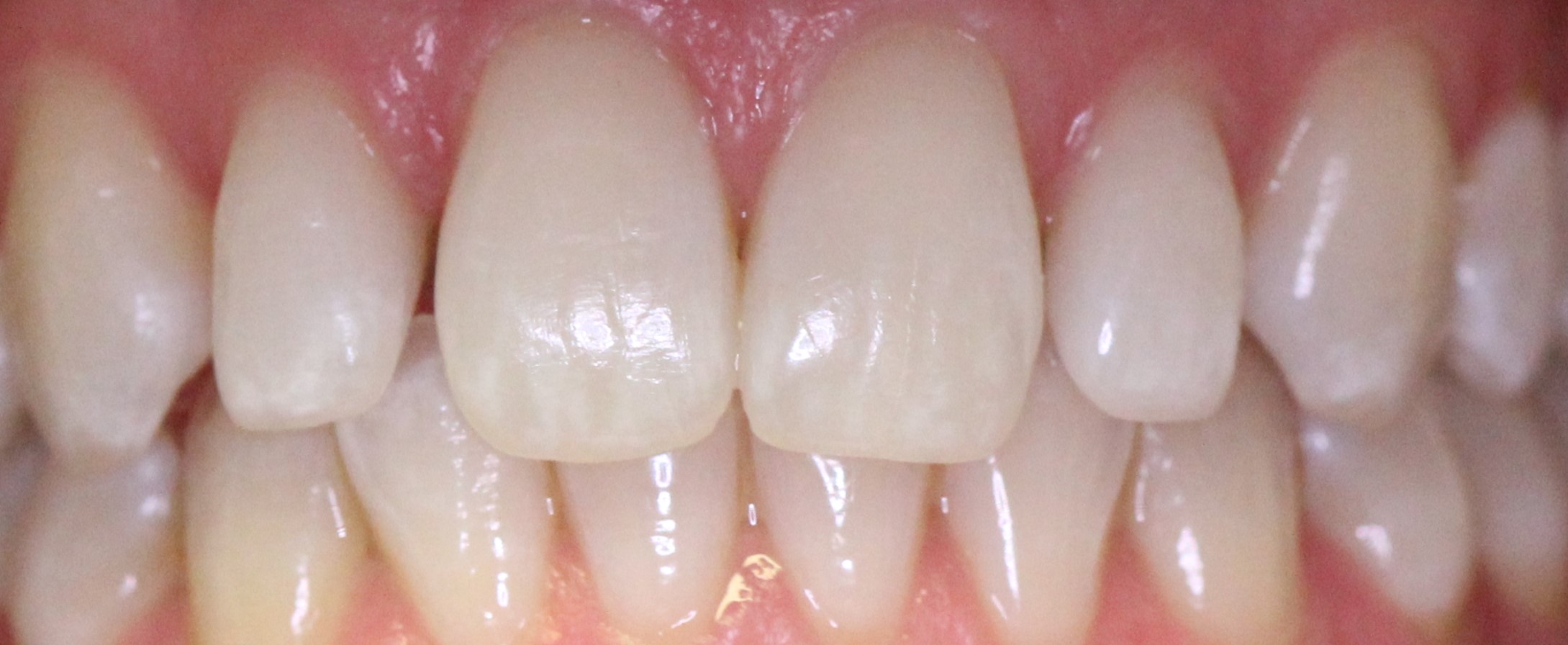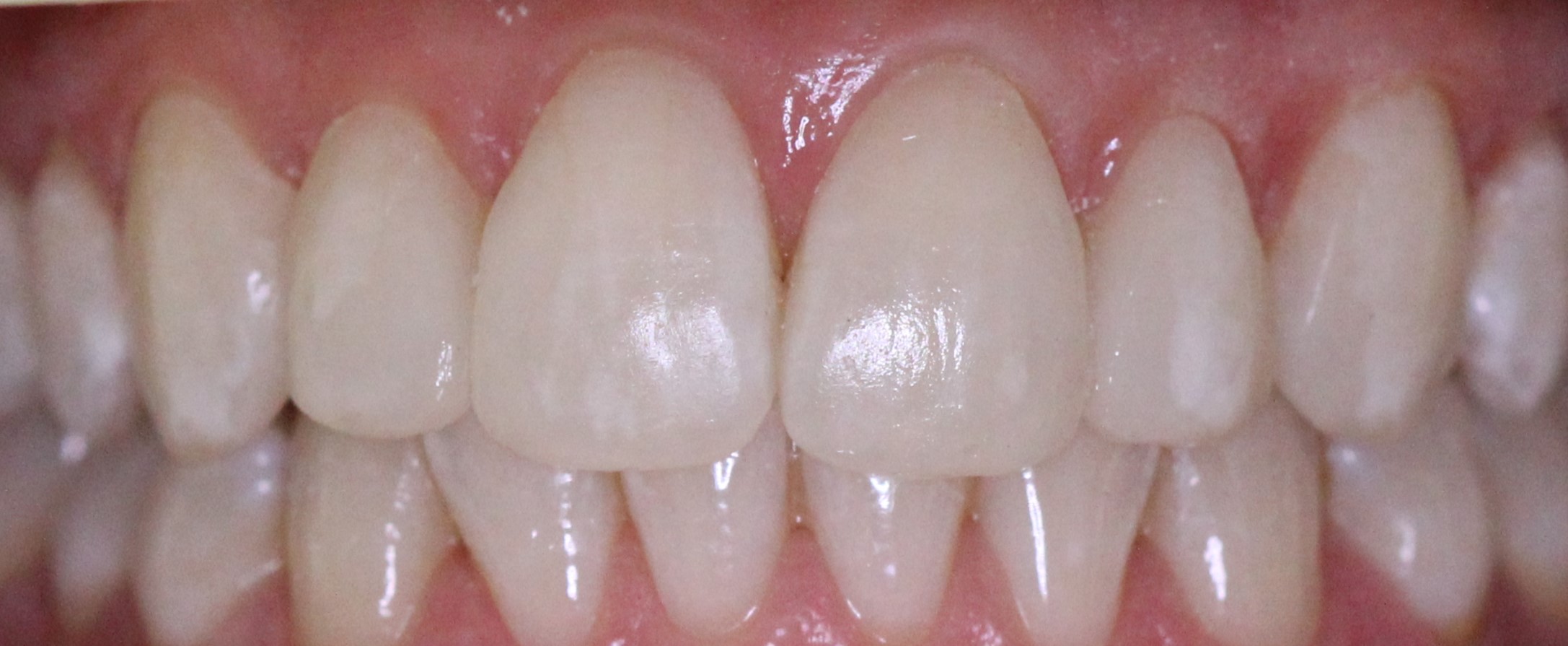
Composite bonding is a cosmetic dental procedure where a tooth-colored resin material is applied to the teeth to improve their appearance. This procedure is often used to fix discoloured, chipped, or misshapen teeth, and it can also be used to close gaps between teeth or to make teeth look longer.


The procedure involves the application of a composite resin material, which is sculpted to the desired shape, hardened with a special light, and then polished.
The color of the resin is matched to the natural color of your teeth for a seamless appearance.
It’s important to understand the risks and potential complications associated with composite bonding.
Possible temporary sensitivity to hot or cold temperatures and mild discomfort in the treated area.
Accidental damage to surrounding teeth or gums during the procedure.
The composite material may stain over time and may need periodic polishing or replacement.
The bonding material may chip or break off and require repair or replacement.
Allergic reaction to the composite resin material, although this is extremely rare.
Damage to the nerve of the tooth, potentially requiring further dental treatment like a root canal.
Composite bonding is a less invasive option compared to veneers or crowns but
may not be as long-lasting. Proper care and regular dental check-ups are essential to maintain the results.
Veneers or crowns, which are more durable but require more tooth reduction.
Orthodontic treatment for misalignment or gaps.
No treatment, but this may not address aesthetic or functional concerns with your teeth.
After composite bonding, it’s important to avoid biting on hard objects and
consuming foods or beverages that can stain the teeth. Regular brushing, flossing, and dental check-ups are essential to maintain the health and
appearance of bonded teeth.
Local anesthesia is not typically required for composite bonding unless decay
removal or shape alteration is necessary.
Where can I have treatment?
All of our Dentists and Dental Therapists can advise on and provide Composite bonding on simple cases, some of our dentists take on more complex cases and would be more than happy to assess your suitability.
Please ask your dentist if you are not sure and they will guide you.
Please note that you must be dentally fit and stable in order to undergo aesthetically driven dental procedures.




